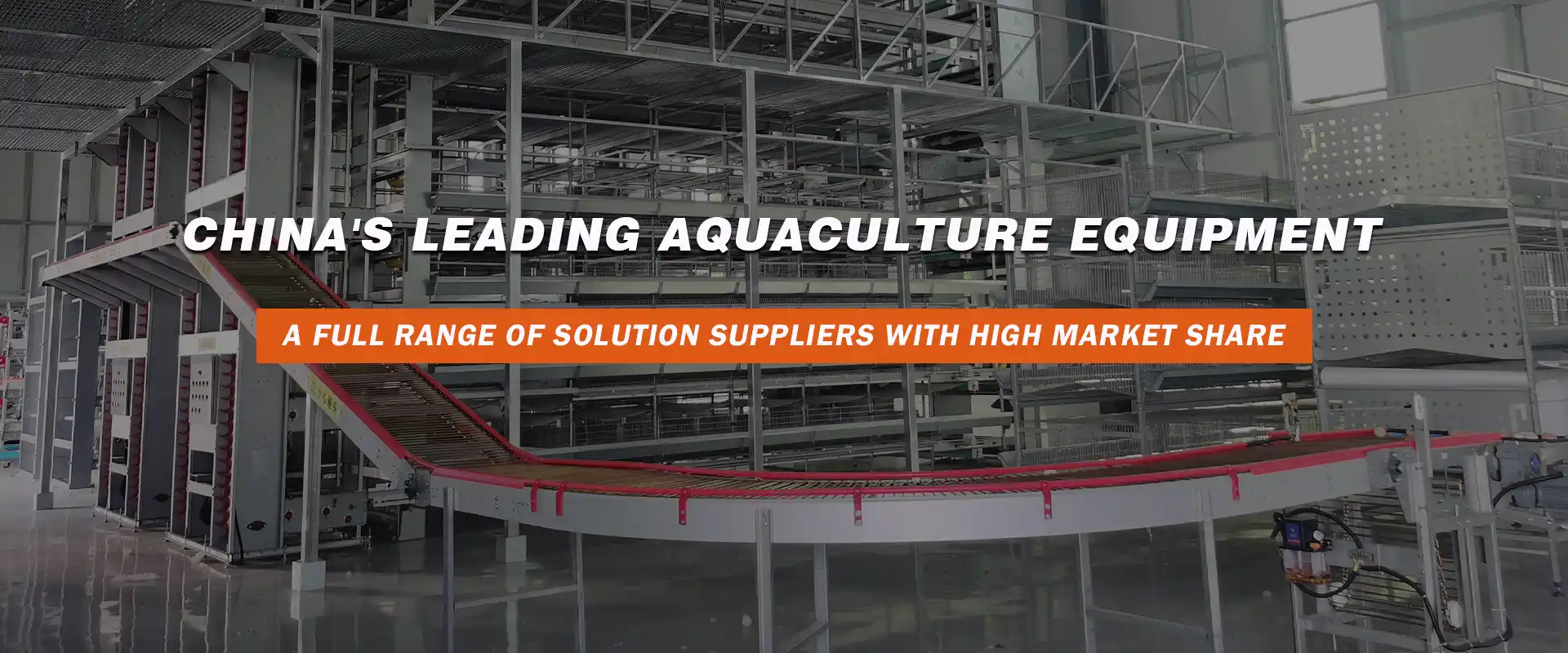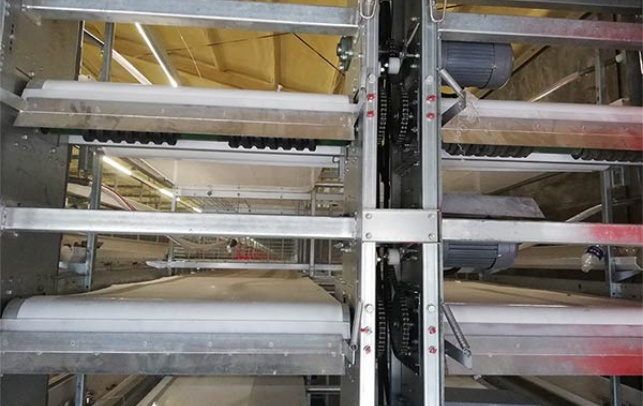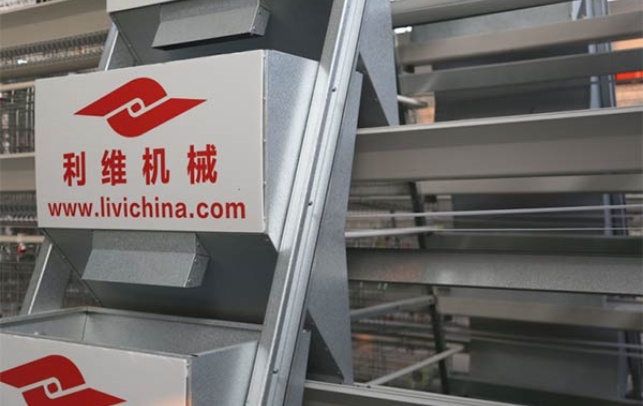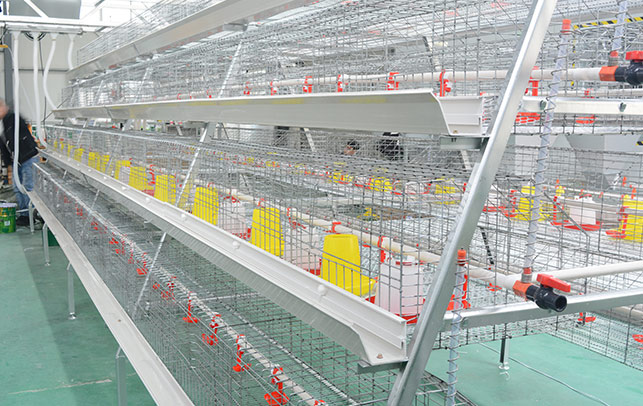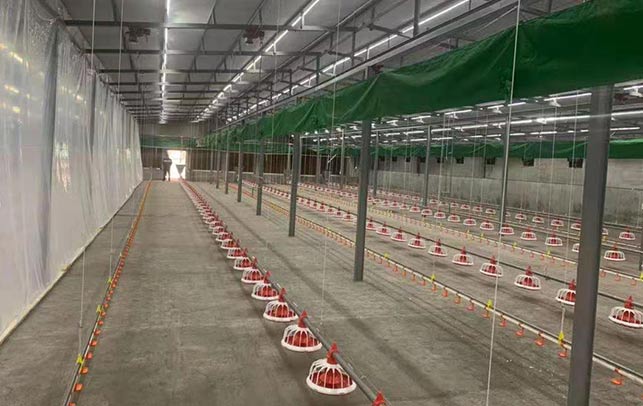How Much Does It Cost to Start a Chicken Farm: A Comprehensive Guide from Livi Equipment
Time : 2025-07-27
Starting a chicken farm is an exciting venture that can lead to a profitable business. However, understanding the costs involved is crucial to ensure your venture’s success. As a leading Chinese poultry equipment manufacturer, Livi Equipment is here to provide you with a comprehensive guide on the costs associated with starting a chicken farm.
1. Initial Investment Costs
The initial investment costs for starting a chicken farm can vary greatly depending on the scale of your operation, location, and the equipment you choose. Here’s a breakdown of the key costs to consider:
1.1 Chicken Breed and Quantity
One of the first decisions you’ll need to make is the type of chicken breed you want to raise. Different breeds have different feed requirements, growth rates, and market demand. On average, you can expect to spend between $2 and $5 per chick, depending on the breed and quality.
1.2 Feed Costs
Feed is one of the biggest expenses in poultry farming. The cost of feed can vary based on the type of feed, the size of your flock, and the quality of the feed. Generally, you can expect to spend between $0.50 and $1 per chick per day on feed.
1.3 Housing and Equipment
The type of housing you choose for your chickens will significantly impact your costs. Traditional pens can be more affordable, but they may not provide the same level of biosecurity as enclosed systems. For example, a standard brooder for newborn chicks can cost between $50 and $200, while an enclosed system can cost upwards of $10,000.
In addition to housing, you’ll need to invest in equipment such as feeders, waterers, lighting, and ventilation systems. The cost of these items can vary widely, but a rough estimate is around $500 to $2,000 per unit, depending on the size and quality of the equipment.
1.4 Land and Facilities
If you’re building a new facility, the cost of land and construction will be a significant expense. The price per acre can vary greatly depending on the location, ranging from a few hundred to several thousand dollars. Construction costs will also vary based on the size and specifications of your facility.
2. Ongoing Operating Costs
Beyond the initial investment, there are ongoing operating costs to consider. These include:
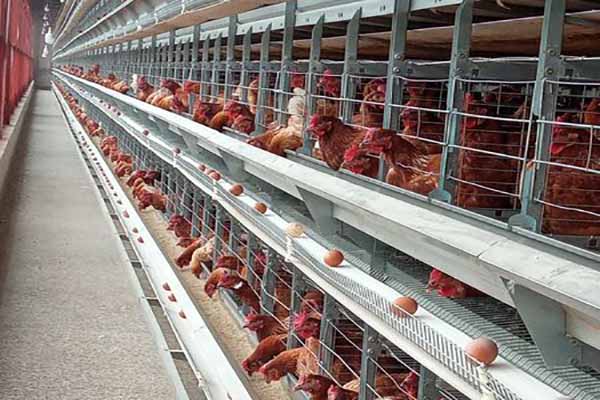
2.1 Feed and Water
Continual costs for feed and water are essential for the health and productivity of your chickens. The cost of feed and water can vary depending on the size of your flock and the quality of the feed.
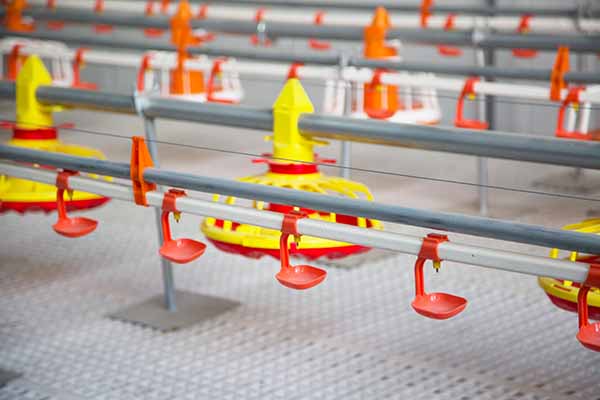
2.2 Labor
Whether you’re managing the farm yourself or hiring workers, labor costs are a significant expense. You’ll need to consider wages, training, and any benefits you may offer.
2.3 Maintenance and Repairs
Regular maintenance and occasional repairs are necessary to keep your equipment and facilities running smoothly. This can include things like repairing ventilation systems, maintaining feeders and waterers, and ensuring the biosecurity of your flock.
2.4 Utilities
Utilities such as electricity, heating, and cooling can add up, especially if you’re running an enclosed system. These costs will vary depending on the size of your operation and the climate of your location.
3. Other Considerations
There are several other factors to consider when calculating the cost of starting a chicken farm:
3.1 Permits and Regulations
Before you start your chicken farm, you’ll need to obtain the necessary permits and comply with local regulations. These costs can vary, but they’re an important par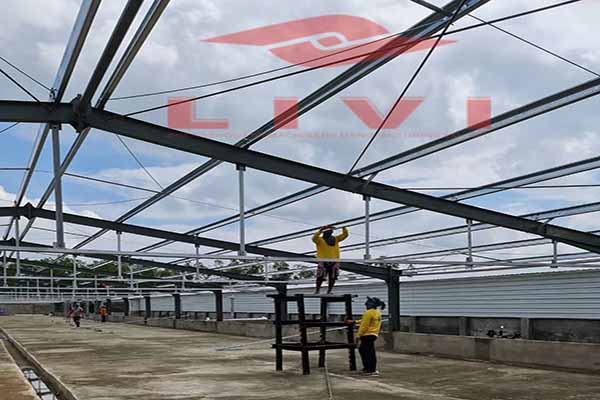 t of starting your business legally.
t of starting your business legally.
3.2 Insurance
Insurance is crucial for protecting your investment. The cost of insurance will depend on the size of your operation and the risks associated with poultry farming.
3.3 Marketing and Distribution
Once your chickens are ready for market, you’ll need to consider the costs associated with marketing and distribution. This can include advertising, packaging, and transportation to customers.
4. Conclusion
Starting a chicken farm can be a rewarding and profitable endeavor, but it’s essential to have a clear understanding of the costs involved. By considering the initial investment, ongoing operating costs, and other factors like permits, insurance, and marketing, you can create a comprehensive budget and plan for your farm’s success.
At Livi Equipment, we’re here to help you with all your poultry equipment needs. Contact us today to learn more about how we can support your chicken farm venture.




